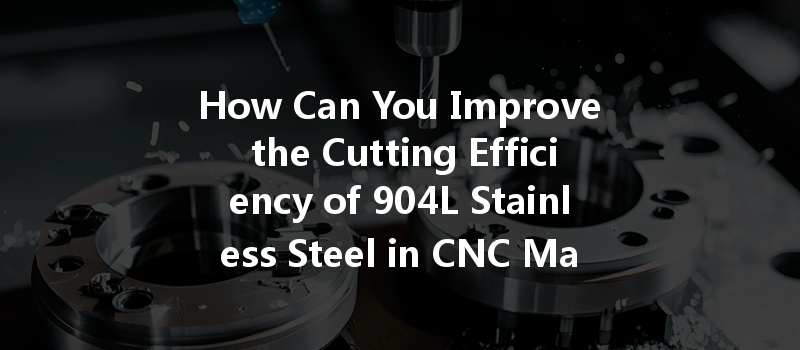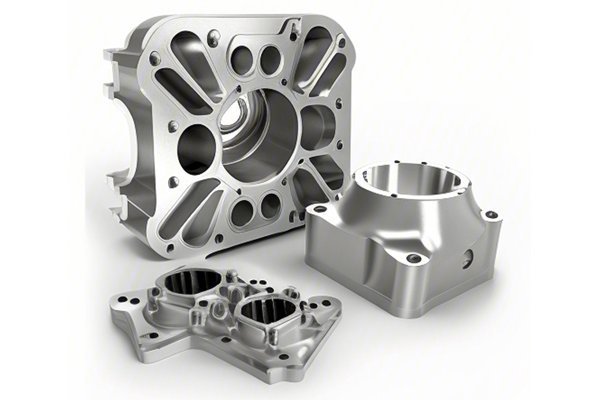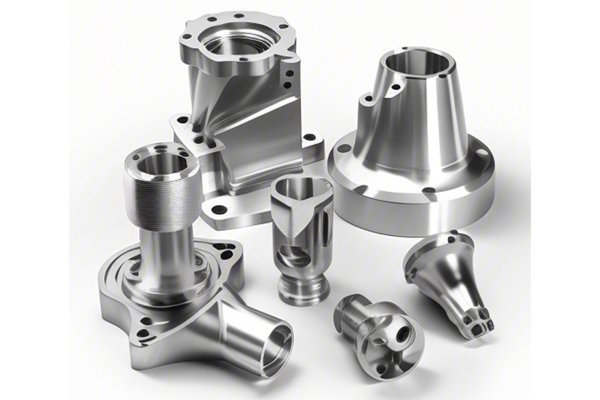Opening
Did you know that 904L stainless steel is specifically designed to withstand extreme corrosion in aggressive environments, and yet it poses unique challenges in machining processes? In fact, its cutting efficiency can be significantly less than traditional materials unless proper approaches are applied. In today’s highly competitive manufacturing landscape, improving the cutting efficiency of materials like 904L stainless steel is crucial for reducing production costs and enhancing the performance of machined parts.
Understanding 904L Stainless Steel
Before diving into strategies for improving cutting efficiency, it’s important to comprehend what 904L stainless steel is and why it’s widely used. This high-alloy austenitic stainless steel contains a mixture of nickel, chromium, and molybdenum, which enhances its corrosion resistance. Due to its high chromium and nickel content, 904L is particularly effective in environments that are acidic or have a high chloride concentration.
However, the very properties that make 904L stainless steel desirable also contribute to its machining complexities. Its toughness and work-hardening characteristics can lead to increased tool wear and lower cutting speeds, making the CNC machining process more challenging.
Challenges in Machining 904L Stainless Steel
Solutions to Improve Cutting Efficiency
Now that we understand the challenges, let’s discuss proven strategies and technologies that can enhance the cutting efficiency of 904L stainless steel in CNC machining.
Tool Material and Coatings: Choose tooling made from high-speed steel (HSS) or carbide materials that can withstand high temperatures and abrasive conditions. Furthermore, using coatings, like TiAlN (Titanium Aluminum Nitride), can significantly enhance tool performance by increasing hardness and reducing friction.
Reduced Cutting Speeds: Begin with lower spindle speeds and increase them gradually. A general rule is to start with 50-60% of the suggested cutting speed for other stainless steels.

Feed Rate Adjustments: Calculate optimal feed rates based on the tool’s ability to handle the toughness of 904L. A higher feed rate can offset the reduced cutting speed without sacrificing machining time.
Depth of Cut: Increase the depth of cut where applicable can help improve efficiency. However, it must be balanced with the capabilities of the specific tooling being used.
Optimal Coolant Type: Utilizing an appropriate coolant can significantly reduce heat generated during machining. Water-soluble coolants are commonly preferred for stainless steel due to their cooling and lubrication properties.
MQL (Minimum Quantity Lubrication): This advanced technique uses minimal amounts of cutting fluid, delivering it directly to the cutting edge, which can improve tool life and cutting effectiveness.
High-Efficiency Milling: Techniques such as trochoidal milling and adaptive milling can reduce cutting forces and improve chip removal, facilitating the effective machining of 904L.
CNC Simulation: Using simulation software to visualize and optimize machining paths can greatly reduce cycle times and improve tool life by avoiding unnecessary contact or conflicts.
Check Machine Conditions: Regular calibration of CNC machines and inspection of spindle alignments can prevent issues that may arise due to wear, ensuring cutting operations stay within ideal parameters.
Maintain Tool Sharpness: Implement a tool management system to monitor tool wear rates and schedule timely re-sharpening or replacements.
Improving the cutting efficiency of 904L stainless steel is no small feat; however, with the right tools, techniques, and technologies, manufacturers can achieve success while keeping costs in check. By selecting appropriate tooling, optimizing cutting parameters, employing effective coolant strategies, leveraging advanced machining techniques, and maintaining equipment, you can enhance production efficiency without compromising the quality of your work.
In the fast-evolving landscape of CNC machining, gaining expertise in high-alloy materials like 904L stainless steel isn’t just beneficial—it’s essential. As we constantly strive for efficiency and competitiveness in manufacturing, understanding how to adapt to the material requirements can prove to be a game-changer. The commitment to continual improvement in machining practices is not just advantageous; it’s an investment in the future of manufacturing excellence.
By implementing the strategies outlined above, you can enhance cutting efficiency and meet the demands of the most challenging machining environments. So, are you ready to revolutionize your CNC machining processes? The time to take action is now!






